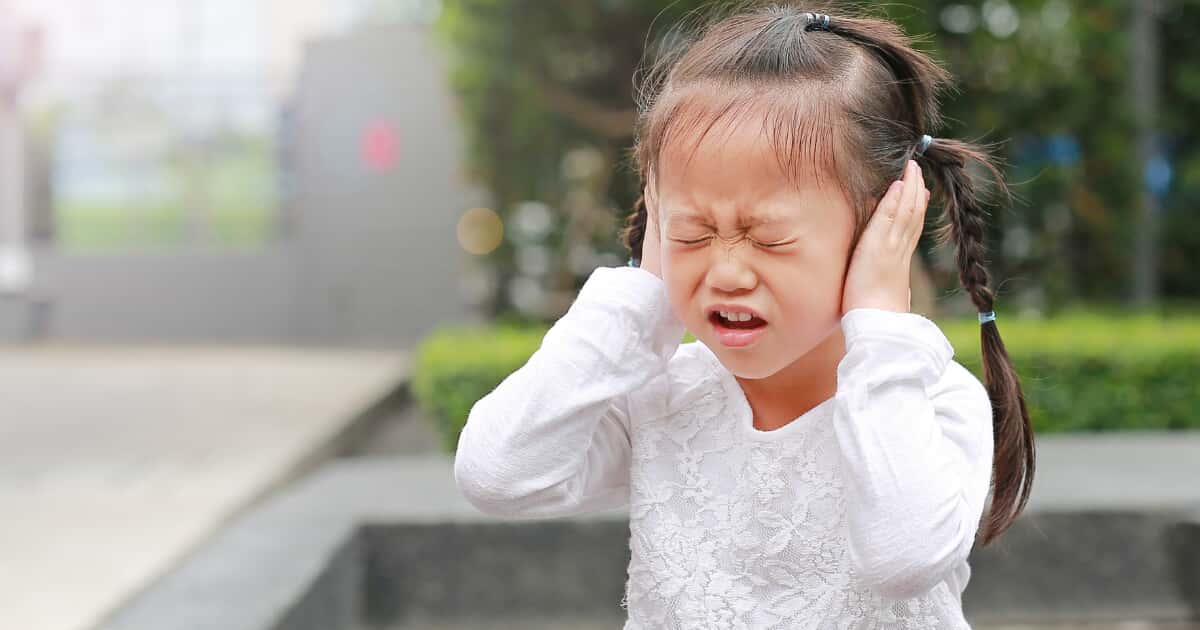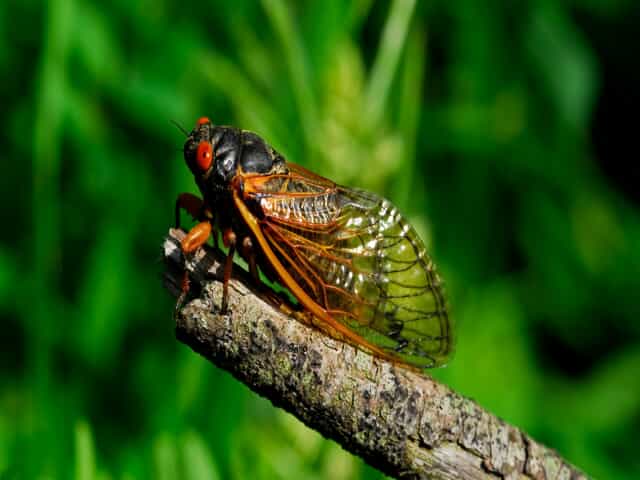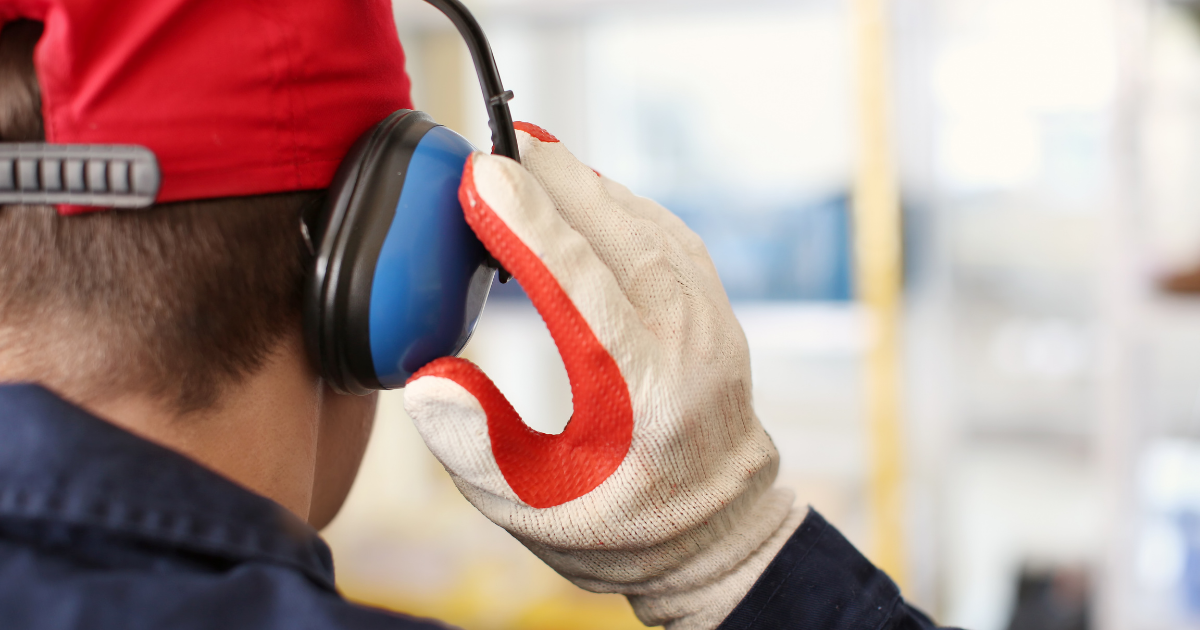Brood X Cicadas: The Latest Buzz on Hearing Protection
- Category: Did You Know?
- Posted On:

After spending the last 17 years underground, the Brood X cicadas have finally made their appearance in our region. While some think of them as a nuisance, their beauty and brief yet spectacular presence, marked in a notoriously loud way by the buzz of their mating call, fascinate many.Cicada sitting on a tree branch.
The jury is still out on the exact decibel (dB) level of the call, although some researchers estimate that the call of some species of cicadas is more than 100 decibels! Given the limited chance to study the Brood X phenomenon, the opportunity for research is limited.

Though some may find the call of the cicada annoying, it is not likely that their buzzing sound will impact hearing for most of those subjected to the din. That, however, cannot be said about other loud sounds typically associated with summer activities, such as lawn mowing and fireworks. In fact, noise-induced hearing loss can be caused by exposure to a range of loud sounds, and wearing hearing protection is one way to protect yourself and your loved ones from this often irreversible condition.
Valley Health audiologist Natalie Raney, AuD, is well aware of how loud 100 dB can be. “To put 100 dB in perspective, this sound volume level is equivalent to the average volume of a motorcycle. This level of sound could potentially be harmful. In fact OSHA [Occupational Safety and Health Administration] recommends that hearing protection be utilized for those exposed to a 90+ dB sound during the course of an 8 hour work day.”
Sounds at or under 70 dB are usually considered to be safe. But the higher the decibel level, the less time a person can be exposed without potential damage to their hearing.
Attending a rock concert (120 dB) this summer? As little as eight minutes of listening without earplugs or earmuffs can result in noise-induced hearing loss.
Headed to the track for stock car racing (130 db)? Just two minutes of exposure can be dangerous.
”For many people in the area working or relaxing with these activities, this level of sound can potentially be harmful,” Dr. Raney adds.
Experts recommend three steps to avoid noise-related hearing loss: Protect your ears. Walk away from loud sounds. Turn the volume down. (Visit the Noisy Planet website for loads of great resources and to learn more.)
Check out the chart below and keep the info in mind as you head out this summer to enjoy fun – but noisy – activities. Better yet, pack hearing protection in your summer tote or backpack so you can participate without worrying about hearing loss.
And hypothetically…about those cicadas: if their mating call really is 100 dB, how long can you safely listen to the buzz? The answer is 2 hours!

Sound/Noise Average Decibel Level Length of Exposure Without Hearing Protection
- Push Mower: 85 dB, 16 hours
- Riding Lawn Mower: 90 dB, 8 hours
- Weed Eater: 96 dB, 3 hours and 36 minutes
- Motorcycle: 100, dB 2 hours
- Concert: 120 dB, 7 minutes and 30 seconds
- Stock Car Races: 130 dB, 1 minute and 52 seconds
- Fireworks (at point of explosion): 150 dB, 7 seconds
There are many causes of hearing loss, including age-related and congenital, so Valley Health employs audiologists who specialize in diagnosing and treating hearing loss in patients from birth to 100+! Visit valleyhealthlink.com/find-a-doctor, and click on “audiology” in the Services drop down box to find an audiologist to assess your hearing.


